SEO is not a lead generation destination. Rather, it is a map given to potential customers that guide them to your site. Just like Google Maps, it must be routinely updated and maintained in order to bring in a steady stream of leads. Also just like Google Maps, it needs proper labeling (keywords) and destinations (landing pages) in order to work well.
SEO will assist in the visibility of your site in terms of search engine ranking. Search engines rank sites utilizing keywords that make up the site. When potential customers are on search engines and looking for those keywords, they may or may not find your site in the search results. If they click on your link back through to your site, it creates organic traffic. (Or unpaid traffic.)
If your content accurately represents what the visitor is searching for, that visitor turns into a lead, and eventually a sale.
SEO Is Important in Lead Generation
Many internet users are no longer interested or willing to look at paid advertising on the internet. Statistica recently compiled data on ad blocking on browsers for users in the United States from 2014 to 2018. In their study, they found that 24.4 percent of users were using ad blockers to block ads on their devices — and that is expected to go to 30.1 percent by the end of 2018. What does this mean for you? If your SEO isn’t performing well, then you are potentially losing out on a large percentage of search traffic, and therefore leads.
SEO is the foundation or road that brings the stream of visitors to your site, and it’s the language that the search engines are looking for when displaying search results to users. As more and more users block or ignore paid search and ads, it has become more important than ever to utilize SEO to your best advantage. Search engines (and the people using them) look for quality content that has value in relation to their search, and ideally, you would like them to sign up or purchase your products. If you’re not displaying that quality content, you will miss out.
In terms of local business (which is most business’ bread and butter) stats show:
- Half of all users who performed a local search on their mobile device visited that store same day.
- 18 percent of mobile local search resulted in a purchase same day or within 24 hours.
- 78 percent of mobile local search resulted in an offline purchase.
What all of this means is if you’re solely relying on paid search instead of SEO for lead generation, you might miss out on valuable sales.
Create an SEO Strategy
To begin the process of optimizing your website and content for SEO, you should create an SEO strategy. You will need to delineate your audience, define your ideal leads, identify target keywords, and monitor SERP rankings. But where should you begin?
Step One: Know Your Audience
You will have already completed the work for this step in other chapters of this e-book. Utilize that comprehensive data to have an in-depth overview of who you are trying to attract. You will need age, gender, education and income level, key challenges and pain points they face, and from where most people end up on your site. (Are they coming from Google, Twitter or Facebook, or somewhere else? Sharon Hurley Hall talks about how to understand your target user’s search patterns.)
Step Two: Define Your Leads
Be as concise and clear on what you consider a lead as possible. In Chapter 6, we went over the variables on how to measure the success of your lead generation campaign. Bring that data to your SEO strategy, to understand what a lead is and what that conversion looks like to you and your business.
Step Three: Identify Major Keywords for Content Optimization
Look through your Google Analytics or another analytics platform, and review what keywords lead people to find your site. You are looking for what content to optimize, and which keywords you should focus your website improvements on.
Places to find out your major target keywords include:
- Google Search Console
- Google Analytics
- SEMRush and where your content ranks currently
- Any keyword software planner
Step Four: Monitor Your Ranking
You will need a starting point, and figuring out what your baseline is is important so that you can accurately measure your success in the organic lead generation. Find out which pages are your key web pages (do people go to your products page more than the about us?) and rank them in terms of conversions.
Optimize your homepage
The first page you should optimize is your homepage. Research different methods (or use the ones mentioned previously) to determine which sections are working, and which are not. You are performing an audit of your existing content: Weed out the errors, and present your best content first.
SEO Errors
One of your first steps in auditing your homepage will be to check for technical SEO errors. Try searching for your target keywords, and compare where you rank to your competitors. Try a free online SEO analyzer, which will tell you your page load score, recommendations for improvements, and how your content is improving.
Don’t forget to analyze your site for mobile friendliness, while you’re at it. Mobile-indexing has become more and more widespread on sites and Google, and with huge amounts of online traffic coming from mobile devices, it’s important to make sure your content is displaying online in the most advantageous way possible.
Get Local
Much of your SEO traffic will come from local sources — local people searching for your products. There are a few things you can do to improve your local SEO scores, which include more Google tools, but also content optimization.
Check through your content, and ensure your links are all working; anywhere you have a NAP citation (name, address, phone number) it is correct; you have local, trusted reviews and testimonials; and you have appropriate, local keywords.
The next step is claiming your “Google My Business” page. This will provide a second source of appropriate content that closely relates to your site.
Tips for Optimizing Your Google Business Page:
- Have a unique, concise description of your business, and include links back to your site.
- When setting up your business, pick the right categories that best represent your business.
- Upload as many high-resolution photos as possible, from outside, inside, and all around your business (or, conversely, graphics that best display what your business does).
- Add a phone number with a local area code to your page and your website.
- Make sure your business address and name are displaying the same way it does as your website.
- Add all relevant open times and days.
- Get real reviews from real customers, using their Google accounts.
- Be consistent: Whatever you put on your Google Business Page, ensure that same content is on your website (preferably the homepage)
Get Local Reviews
Local reviews from real, local people will give you huge boosts on your local search engine rankings. Therefore, they can pay off in a large way in the long run. (And this doesn’t just include Google — Yelp, TripAdvisor, any place where people are ranking your information.)
Homepage Optimization
On-page and on-site SEO weighs very heavy on search engines. It is important that you utilize your content on your homepage in the best way possible, and carry that throughout your site.
Things to include on each page (if possible):
- Your business address, city, region, or local information.
- A dozen relevant keywords, or your main keyword many times.
- Title tags.
- H1 tags.
- Specific URLs.
- Quality, concise content.
- Image Alt attributes.
Additionally, include a Google map with your business’ point marked on your landing page or contact page, if possible.
Build Your Links
Utilize links on your site in every way possible, without it being overbearing. Link to other, outside local websites that are relevant to your business. Also link to your business’ other pages, such as social media accounts, Google Business, Yelp and anything you’re on. Try tools like Bright Local to establish what you’re listed on, and then update anything that isn’t exactly the same as what’s on your website.
Optimize your blog
Your blog can be a powerful tool in your local SEO. Audit your existing content, adding relevant links, correct subheadings, and H1 tags, and consistently post relevant, relatable content. Include as many of the keywords that you targeted earlier in each and every post. Attempt to add those keywords to meta descriptions, headlines, subheadlines, alt tags — anywhere you can fit them, where it is still relevant.
Another way to build credibility is to include guest blogs. If you can, convince other professionals in your industry or a related industry to write a guest blog for your site, and include links to their site. In return, write a guest blog for them, and include links to your site. This will help to improve your link building and build credibility in other circles for you.
Avoid Common SEO Mistakes
Don’t overpack your content with too many keywords or content that isn’t relevant to your product or business.
Alex Kesler from internet marketing agency, inSegment, shares some other SEO mistakes to avoid:
- Choosing or focusing on the wrong keywords.
- Keyword stuffing, or overstuffing your keywords into content.
- Creating and publishing content that doesn’t have your keywords at all.
- Publishing content that isn’t original or yours.
- Not including or utilizing title tags and meta descriptions.
- Not linking to other sources.
- Not linking to your own content on your own site.
- Not optimizing your site to be mobile friendly.
- Not engaging with your social media followers, and linking to your appropriate pages.
Overall, make sure you are looking at your analytics, and evaluate each time you make an SEO change. If it went well, apply that change to your entire site.
Make Sure Your Website Speed Is What Google Likes to See
Finally, it’s important to ensure your page is loading quickly. How fast does each page load when someone visits a site — and is that what Google likes to see? Try the free PageSpeed Insights analyzer, and evaluate what the reports tell you. The report will give you recommendations for improvement, and you can improve your SEO score quickly by adjusting your current tactics.







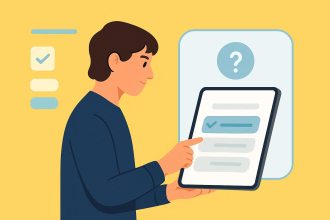

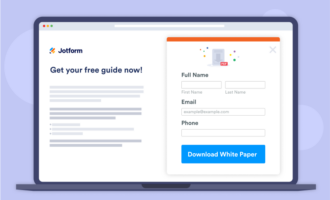











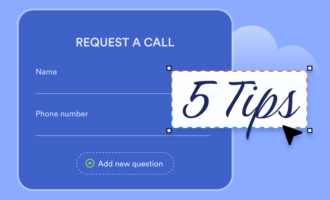





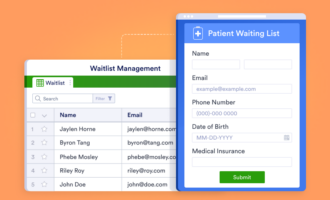




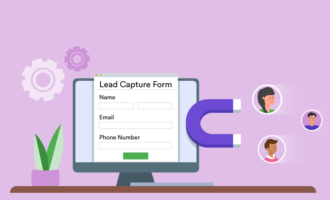
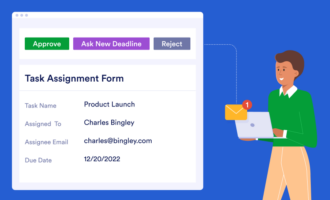








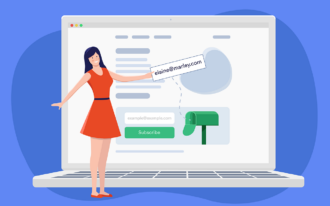




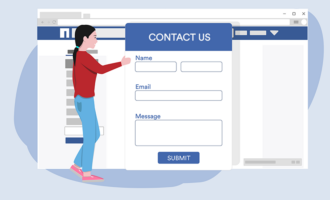






Send Comment:
1 Comment:
More than a year ago
Nice Blog